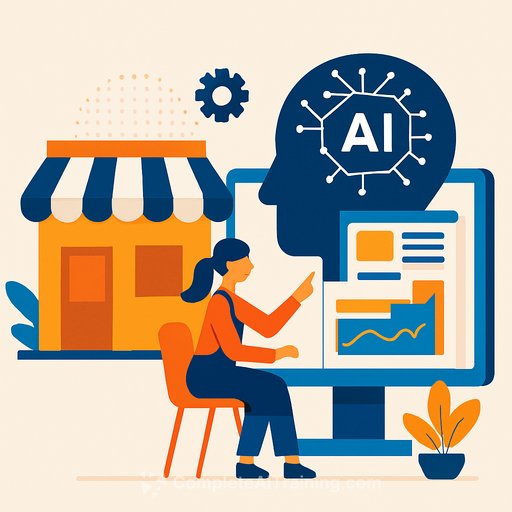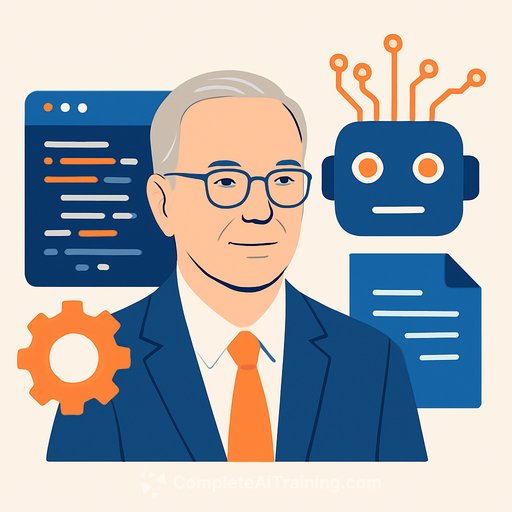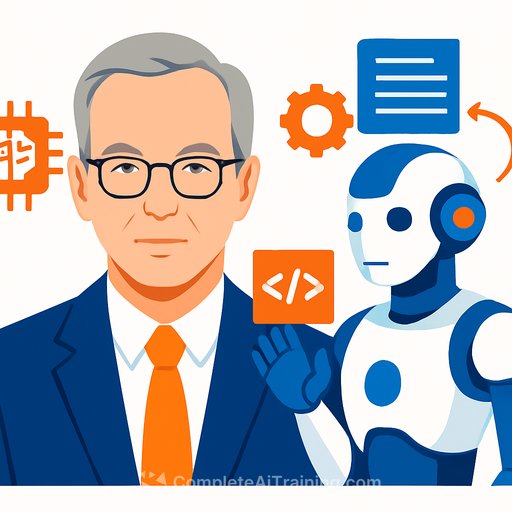Small Business AI And The Future Of Digital Product Management: How Organizations Need To Evolve In An AI-Native World
AI is changing digital product management in fundamental ways. It streamlines key tasks like synthesizing customer needs, exploring design options, and forecasting outcomes. This frees teams to work faster and think more strategically. At the same time, AI is transforming the products themselves—moving from static software to systems that learn, adapt, and build trust in ways previously impossible.
Rethinking Customer Research
Customer research has become faster, but understanding the data is still challenging. AI can quickly summarize transcripts, feedback, and surveys, reducing hours of work to minutes. However, less time spent processing doesn’t mean the insights are simpler. AI often misses nuance like emotional cues or contradictions between what users say and do.
Research is shifting from cataloging data to making sense of it. Product teams must read between the lines, ask sharper follow-up questions, and treat AI summaries as starting points—not final answers. This change elevates both the research function and the product itself.
Streamlining Product Management Activities
AI models can predict feature impact, adoption, and ROI, helping to prioritize backlogs more effectively. This shifts strategic planning from static roadmaps to interactive simulations and what-if scenarios. Teams can model market changes and user growth to improve revenue and usage forecasts, especially in volatile or fast-growing markets.
Products That Learn and Adapt
Products are evolving beyond fixed features. AI-powered capabilities like personalized recommendations, smart assistants, and predictive maintenance are becoming common. New product categories such as AI copilots and generative tools are emerging, emphasizing dynamic, learning-driven experiences.
Design is no longer static. Interfaces suggest, adapt, and decide. As AI handles more logic on the front end—through recommendation engines and adaptive flows—designers must focus on behavior, not just structure. Prototypes now need to account for shifts based on confidence levels, usage patterns, or live data.
Close collaboration is essential. Designers, engineers, and product managers must work in tight loops, constantly questioning the system’s learning, behavior, and explainability. Design responsibility becomes collective, with product ensuring clarity of intent even when outputs vary per user.
Delivery as an Ongoing Process
With AI-native products, launch is just the beginning. Traditional software delivery is predictable—code behaves as built. AI outputs are probabilistic, producing different results across user groups and degrading over time. Delivery now requires feedback loops, instrumentation, health monitoring, and active post-launch management.
Release cycles are giving way to learning cycles. Backlogs transform into lists of hypotheses and experiments. The focus shifts from execution to curation and tuning.
Adapting Operating Models
Most product teams still follow playbooks designed for linear software development. Sprints and demos assume clear requirements and stable outcomes. Intelligent systems don’t follow these rules. They drift, surprise, and can degrade silently.
Product operating models must evolve with these realities. Key shifts include:
- Expanded Teams: Beyond PMs, designers, and engineers, AI product teams now include machine learning engineers, data scientists, and AI ethics specialists.
- Shared Governance: Accountability is complex. Ownership of model performance, fairness, and compliance is shared across product, legal, and data science.
- Speed With Structure: Moving fast still matters, but “move fast and break things” is risky. Guardrails like model reviews, rollback plans, and quality assurance are essential.
- “Done” Is A Moving Target: Models drift and contexts change. Planning must include ongoing maintenance, not just initial delivery.
New Metrics For Success
Traditional metrics like conversion and churn remain useful but aren’t enough for AI products. Teams need to assess if models are making correct decisions, their confidence levels, and the presence of outliers. Success becomes a range of acceptable behaviors shaped by probability, context, and trust.
Product managers must be fluent in uncertainty—knowing when to retrain models, monitor bias, and respond to unexpected results. Optimization is continuous and tightly linked to ethics.
Ethics As Core Product Quality
Ethical risks can’t be left to legal or PR. Bias, blind spots, and manipulation often emerge from poor assumptions or insufficient testing rather than bad intent. Product teams must embed safeguards such as pre-mortems, model audits, and human-in-the-loop reviews.
These practices signal maturity. Product management is accountable not just for what the system does, but how and why it does it.
Looking Ahead: Managing The Learning System
Two decades ago, Agile changed how product teams worked. Today, AI is reshaping not just processes but the products themselves. AI-native products are learning systems made of models, data pipelines, decision trees, and feedback loops that evolve continuously.
The role of product management is to ensure these systems learn the right things, in the right ways, for clear reasons. Success requires new skills, tighter collaboration, and a commitment to ongoing tuning and ethical oversight.
For product developers ready to build skills in AI and adapt to these changes, exploring targeted courses on AI in product management can be a strong next step. Resources like Complete AI Training offer practical learning paths tailored for product professionals.
Your membership also unlocks:






